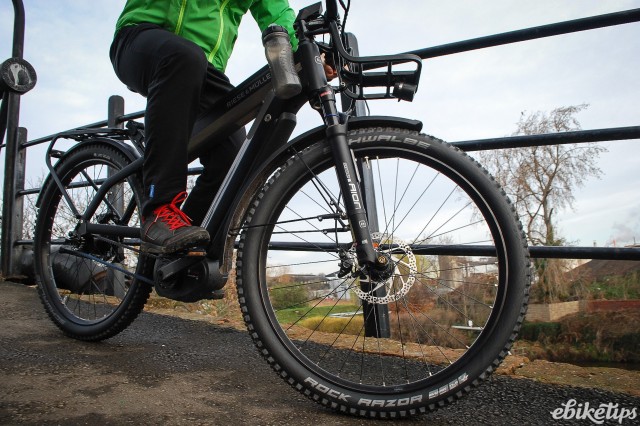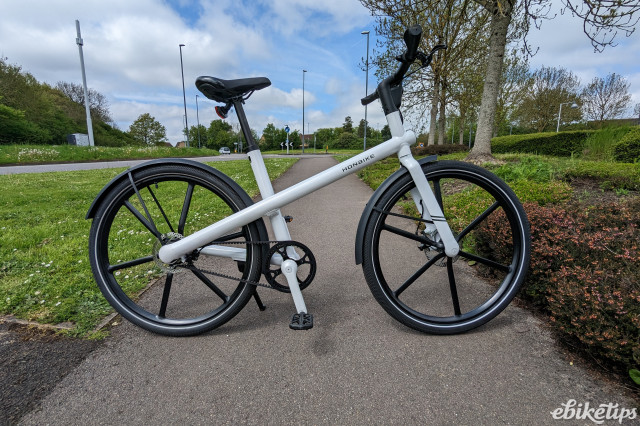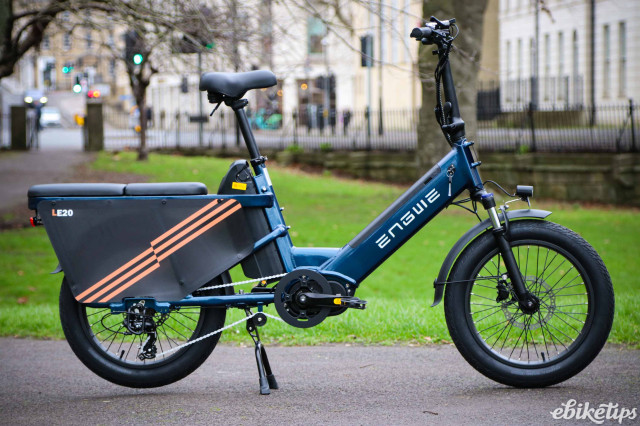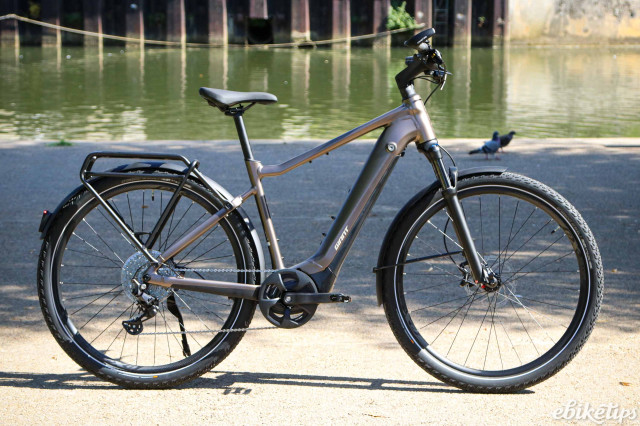Dublin micro-mobility firm Luna has teamed up with US start-up JumpWatts to test a semi-autonomous fleet of e-scooters in the Smart DCU Campus in Dublin. The scooters will make use of computer vision and automated vehicle technology to right and park themselves and also to reposition themselves when ‘summoned’ by a user.
Ford’s micromobility subsidiary, Spin, recently launched a three-wheeled scooter that can be remotely operated and manoeuvred out of the way when it has been parked inconsiderately.
The Luna/JumpWatts system appears to go further than that, making use of Luna’s computer vision technology to create ‘smart’ scooters with autonomous capabilities.
JumpWatts’ “Virtual Valet” suite of technologies allows an e-scooter to right itself if tipped-over, remotely re-position itself to a designated parking zone, and be summoned to a specific location.
Co-founder Arun Gunasekaran commented: “The micro-mobility space is ripe for innovations that not only improve the bottom line for fleet operators, but also create a better experience for users and municipalities. Our vehicle enhancement technology, Virtual Valet, is just that — a way to increase profitability and decrease chaos in the streets.”
Luna – which counts former Ireland rugby union captain Brian O’Driscoll among its investors – has already been testing elements of its software in partnership with Voi Technology, which operates a number of e-scooter hire schemes in the UK.
The software, which works via high-end camera sensors and Edge AI algorithms, allows scooters to detect when pedestrians are close by, or when the rider moves from road to pavement, and will moderate the scooter’s speed accordingly.
Gunasekaran said that the same tech could also greatly improve situational awareness for JumpWatts’ remote repositioning systems.
Luna co-founder Andrew Fleury said: “The issue of e-scooter footpath clutter is one that is currently hampering numerous cities and towns across the world. Luna believes that the combined technologies of Luna and JumpWatts will help to address this issue and offer a solution that will be compelling for both operators and cities alike.”






